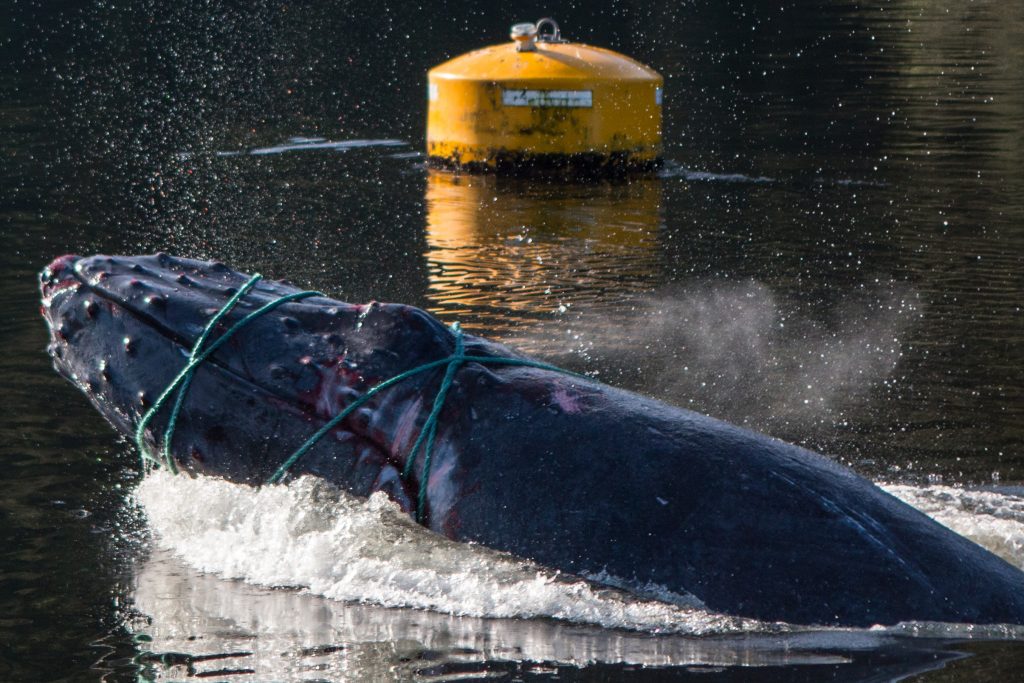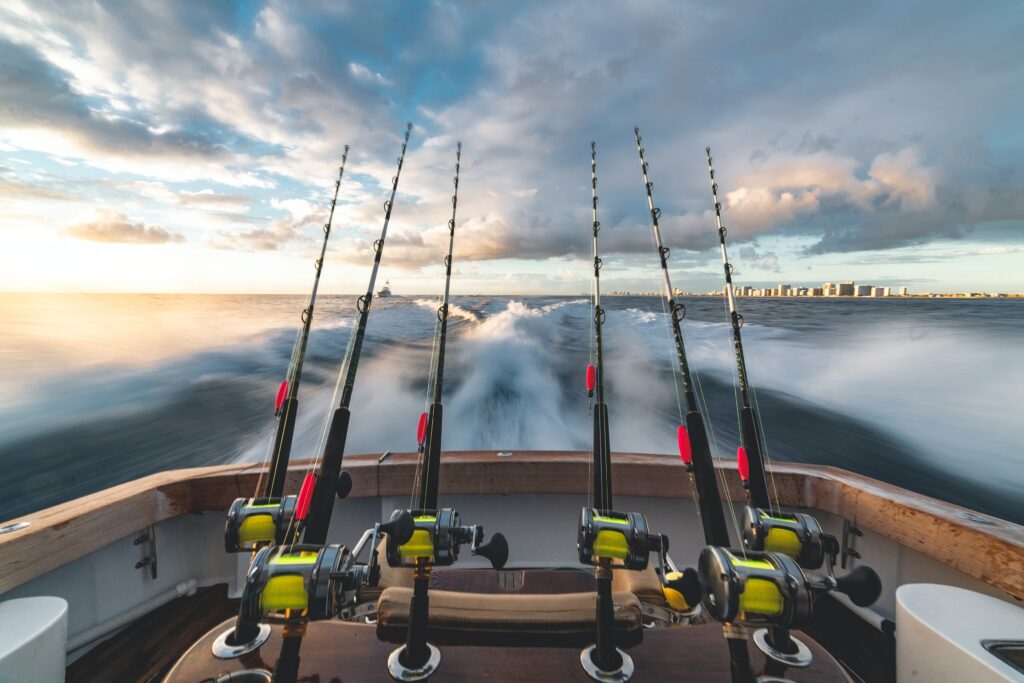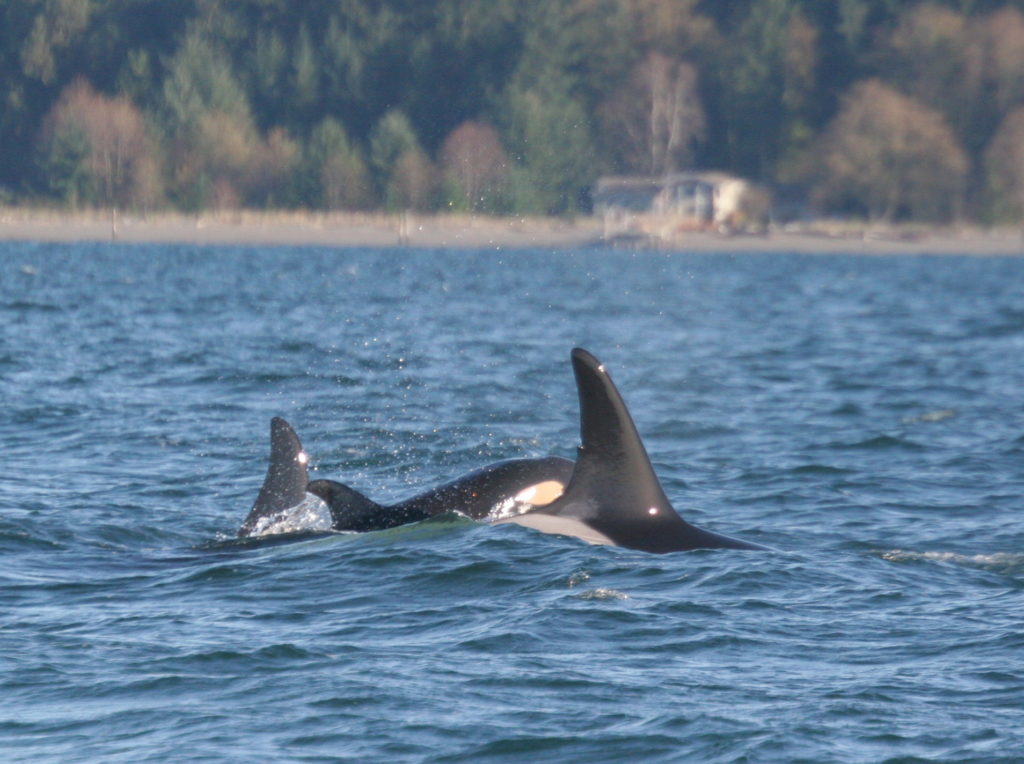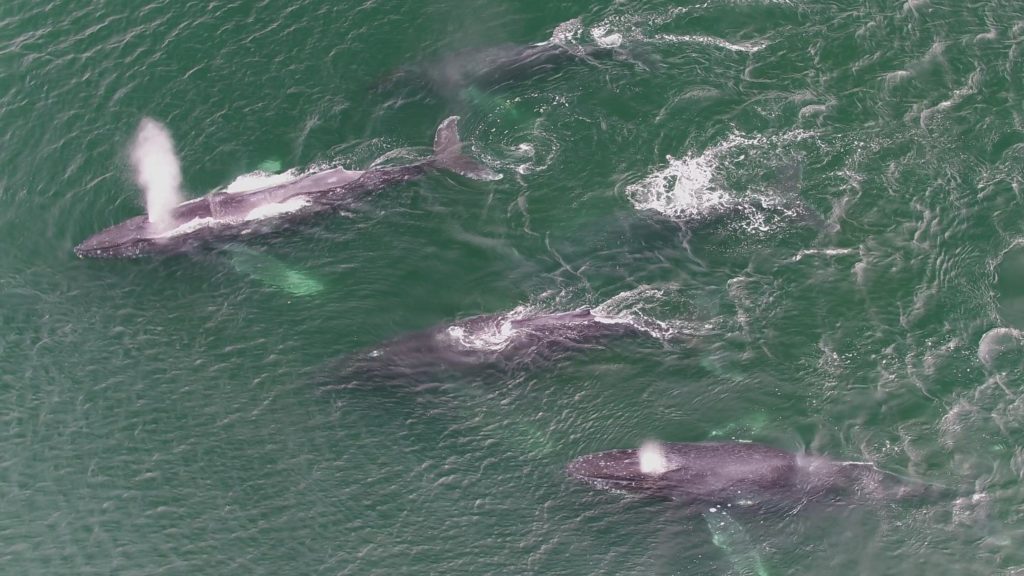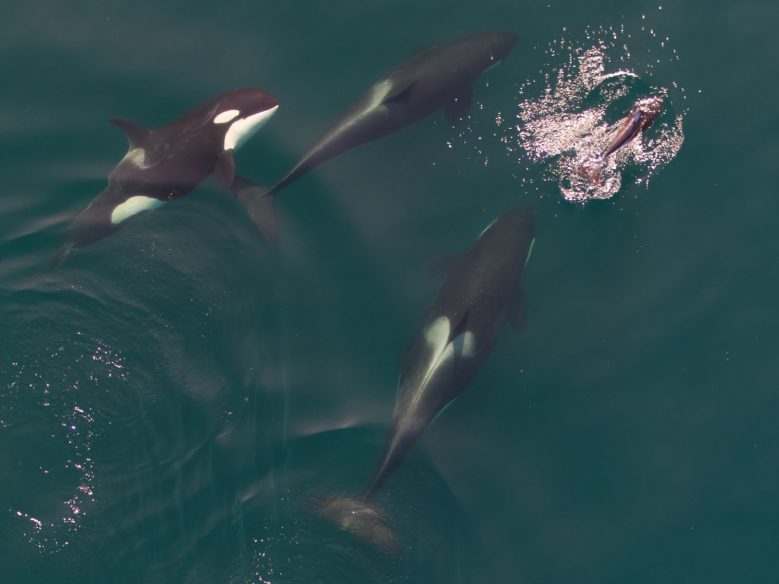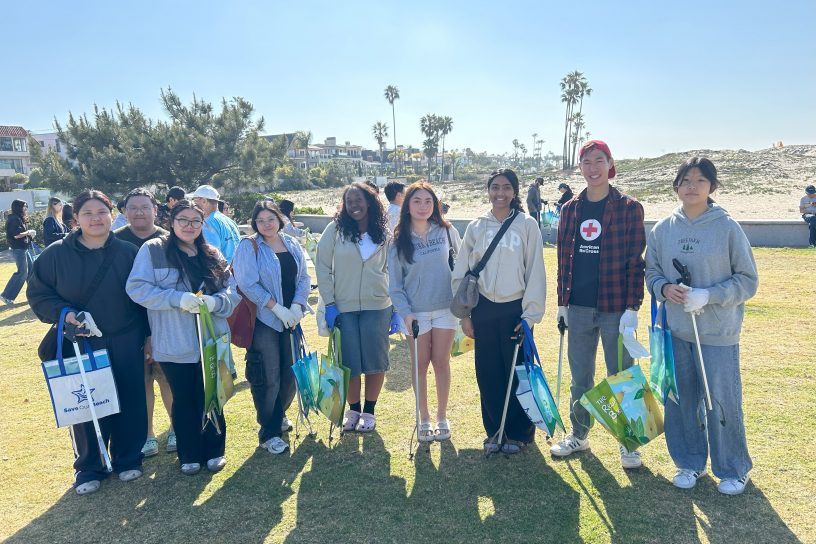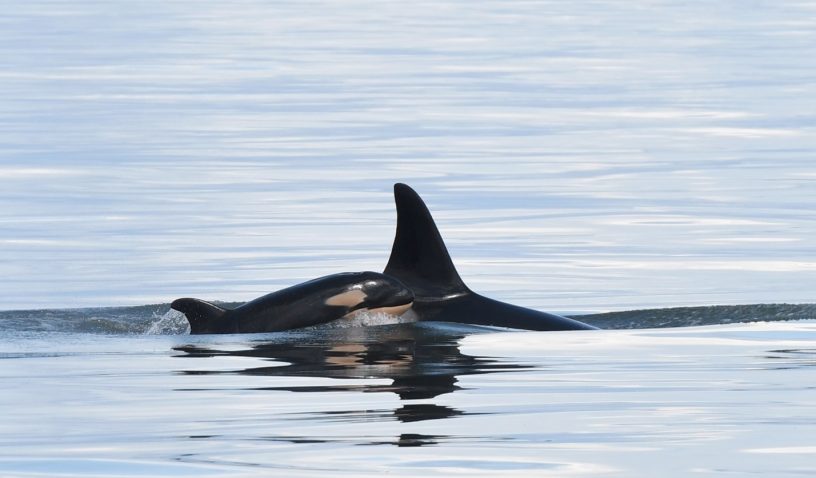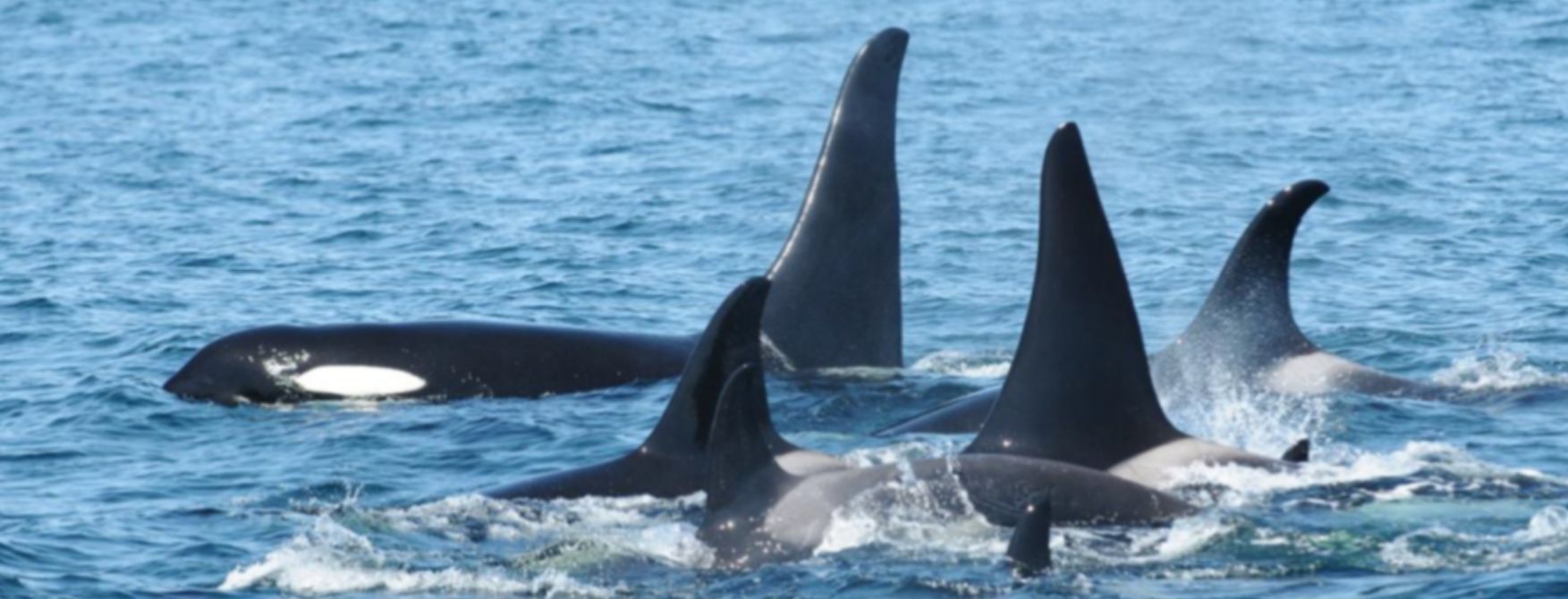
Threats to Killer Whales: The Tipping Point for Toxic Metals
The Ocean Wise Pollution Tracker program recently published new findings about toxic metals (sometimes known as heavy metals) in Resident Killer Whale habitat. But what’s the deal with those metals anyway? In this blog, we explore what toxic metals are, and why they can be a problem for marine animals.
What are toxic metals and how do they get into the environment?
Toxic metals refer to metals and metal compounds that negatively affect the health of organisms. Some of the most common toxic metals are arsenic, cadmium, copper, nickel, lead and mercury. They can occur from human-caused sources, like mines, metal refineries, sewage treatment plants, and they can also occur from natural sources, such as bedrock, volcanoes, and forest fires. These metals can even be transported far distances, reaching remote locations where they may not be expected, through ocean and air currents. It’s important to note that metals and metal compounds are essential for environmental functions – but at too high a level they can become toxic.
How do toxic metals affect marine animals?
Essentially, toxic metals (like other elements) end up in the sediment – the sand, rocks and mud that make up the sea floor, and make their way into the food web. The issue is that toxic metals can accumulate in the tissues of larger animals, eventually causing health problems. As these toxins accumulate in fish, effects may include reduced growth and reproduction, and a higher mortality rate.
This is a problem for some of the most beloved marine mammals – killer whales! Southern Resident Killer Whales are listed as an endangered species in the Species at Risk Act (SARA) and need all the extra help they can get to be protected. With our latest research, we know that there are impacts of toxic metals on Resident Killer Whales.
Toxic metals can accumulate in killer whales through the water they swim in, in the fish that they eat and even in the air they breathe at the surface. What we’ve found in this new research is that critical habitat for killer whales overlaps with contamination hot spots, where there are higher amounts of toxic metals. Unfortunately, this means that killer whales are under a higher-than-normal strain from toxins.
As well, Chinook Salmon are the main prey of Resident Killer Whales – and they too are impacted by toxic metal contamination, which can make them less healthy and less abundant as a food source. What does that mean for Resident Killer Whales? They may not be getting as much or as high-quality food…and that puts another burden on their already at-risk population. These findings are concerning for the Pollution Tracker team, and why it’s more important than ever that we continue our work monitoring trends and informing regulations.
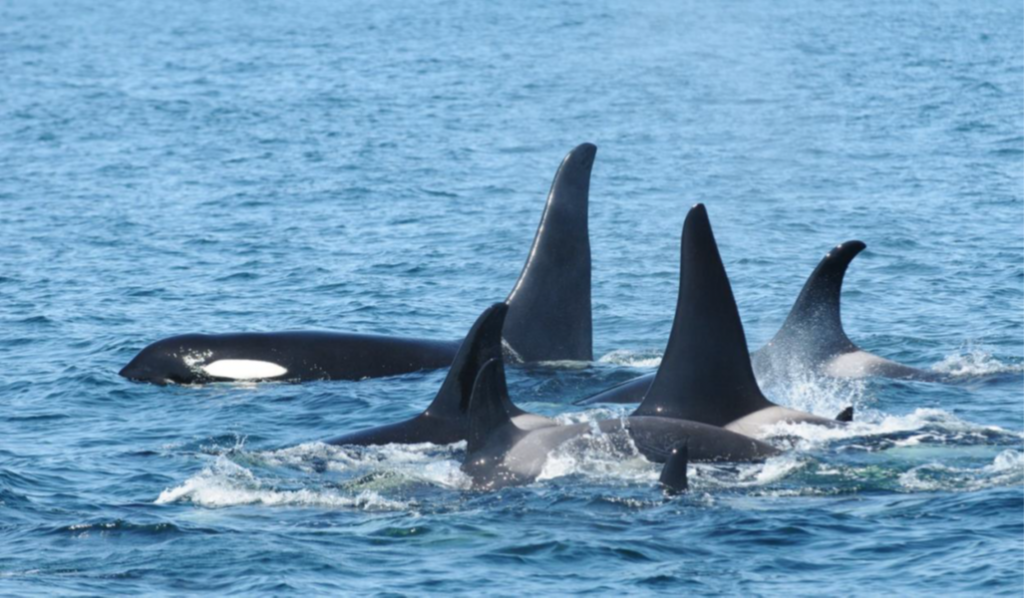
What does Pollution Tracker do?
The Pollution Tracker Program is the first coast-wide contaminant monitoring program in Canada. In partnership with multiple partners – First Nations communities, community organizations, port authorities, industry, and government agencies – hundreds of chemicals are being analyzed in marine sediment and shellfish to track trends over space and time. Pollution Tracker provides baseline data for a wide range of contaminants that help us identify the source, as well as determine risks to marine life – like killer whales. Importantly, our findings also help inform the effectiveness of regulations and best practices for future planning.

For further reading about our research, check out the recently published paper titled, “Sediment Spatial Distribution and Quality Assessment of Metals in Chinook Salmon and Resident Killer Whale Marine Habitat in British Columbia, Canada.”
Reference and Photo Credits
Kim, J.J., Delisle, K., Brown, T.M. et al. Sediment Spatial Distribution and Quality Assessment of Metals in Chinook Salmon and Resident Killer Whale Marine Habitat in British Columbia, Canada. Arch Environ Contam Toxicol 85, 73–91 (2023). https://doi.org/10.1007/s00244-023-01013-1
Photos courtesy of Ocean Wise
Funders and Partners
National Oceanic and Atmospheric Administration Fisheries; SeaWorld Entertainment, Inc.; National Fish and Wildlife Foundation; Fisheries and Oceans Canada’s Whale Contaminants Program; Environment and Climate Change Canada’s Disposal at Sea Program; Ocean Wise’s PollutionTracker Program partners (Funders: Association of Denman Island Marine Stewards, Capital Regional District (Victoria BC), Metro Vancouver, Metlakatla First Nation, Neptune Terminals, Port of Prince Rupert, Tsleil-Waututh Nation, and Vancouver Fraser Port Authority; In-kind supporters: Bamfield Marine Sciences Centre, Comox Valley Project Watershed Society, Marine Planning Program of the Council of the Haida Nation, Heiltsuk Integrated Resource and Management Department, K’ómoks First Nation, Lax Kw’alaams Fisheries Biologist and Technicians, Musqueam Indian Band, Nuu-chah-nulth Tribal Council, Saturna Island Marine Research and Education Society, Tlowitsis Guardian Watchmen, Tsawwassen First Nation, and Pender Harbour Ocean Discovery Station).
Posted October 30, 2023 by Cayley Elcombe
